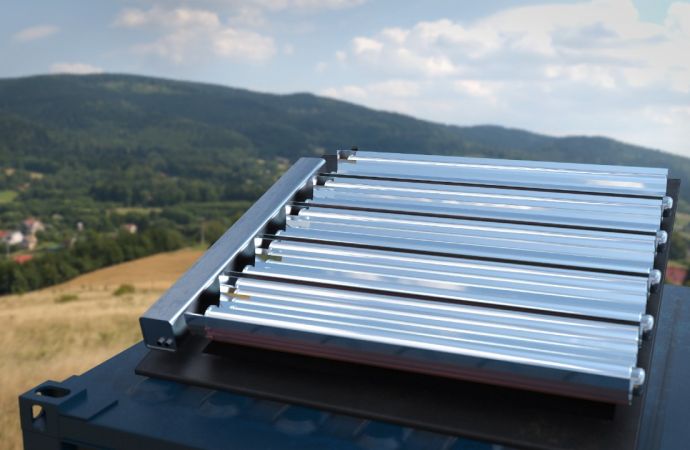The refrigeration and air conditioning sector can help mitigate electrical grid instability, says the Australian Renewable Energy Agency.

Photo by Andriyko Podilnyk on Unsplash
Australia's refrigeration and air conditioning industry can play a key role in mitigating electrical grid instability — especially as renewable energy use increases, according to Peter Haenke, Manager of Business Development & Transactions at the Australian Renewable Energy Agency (ARENA).
Haenke addressed this at the ATMOsphere Australia 2020 conference, held online on July 28. ATMOsphere Australia was organized by shecco (publisher of this website) and included support from the Gold Sponsor, AJ Baker & Sons, and the Silver Sponsor, Arneg.
“This is where I think there is a real opportunity for the refrigeration and air conditioning sector to help address some of these problems,” Haenke said.
During his presentation, Haenke referenced actual electricity grid demand data in South Australia over a 24-hour period to show the resulting “duck curve”.
The duck curve refers to a graph, resembling the silhouette of a duck, that depicts the drop in traditional power supply during daytime hours in regions where a substantial amount of solar electric capacity has been installed, followed by a sharp rise around sunset and early evening.
Haenke said that as rooftop solar use increases in Australia, the risk of electrical grid instability also rises unless there is appropriate demand-side management.
He also showed that this problem is exacerbated during hot times of the year due to the increased cooling demand.
Refrigeration and air conditioning equipment account for 24% of Australia's electricity, Haenke said, citing a 2018 study. But it can reach 50% of peak demand on hot days, he added.
“So there's a real opportunity for the [refrigeration and air conditioning] sector to play a role in mitigating those kinds of outcomes, because we can use techniques, like pre-cooling and thermal storage, for example, to address both the 'duck curve' and the rearing of its head,” Haenke said.
Shifting to renewables
Solar power is something ARENA, an independent agency formed by the Australian Government in 2012, is familiar with. Its main goal is to “accelerate Australia's shift to affordable and reliable renewable energy,” Haenke said.
The agency does this through investing in and managing renewable energy programs. The agency has invested in several natural refrigerant projects as well.
In December 2019, ARENA announced that it was “providing AU$2 million (US$1.45 million) in funding for Adelaide-based Glaciem Cooling Technologies to enable it to demonstrate its refrigeration, thermal energy storage and heat transfer technologies,” according to a blog post.
“Unlike the products commonly available today, Glaciem Cooling Technologies uses natural refrigerants, which are not harmful to the environment,” the post said. “Its system is designed to integrate with solar PV, offering energy efficiency advantages and minimizing the need for grid-sourced electricity.”
Related stories



